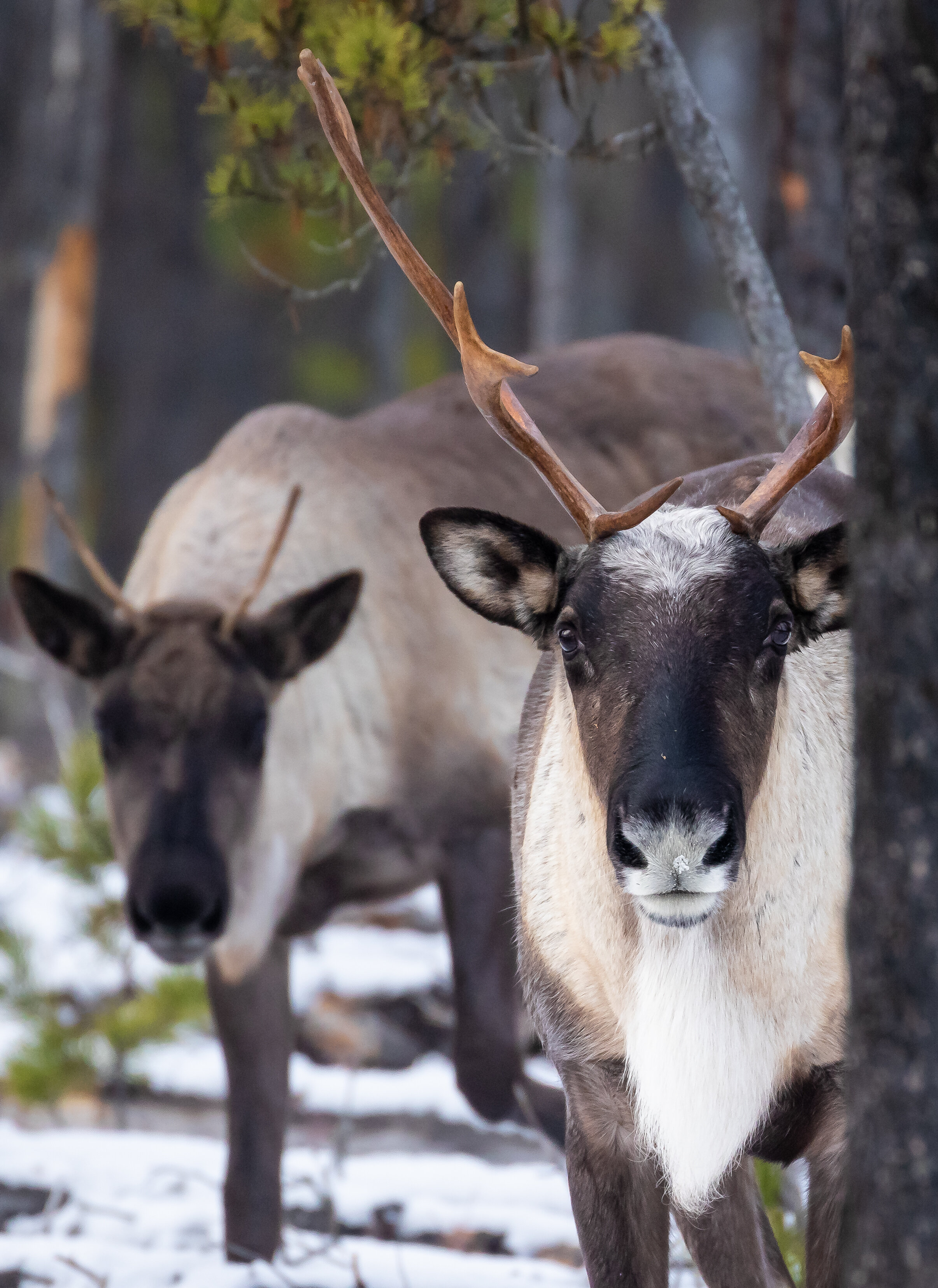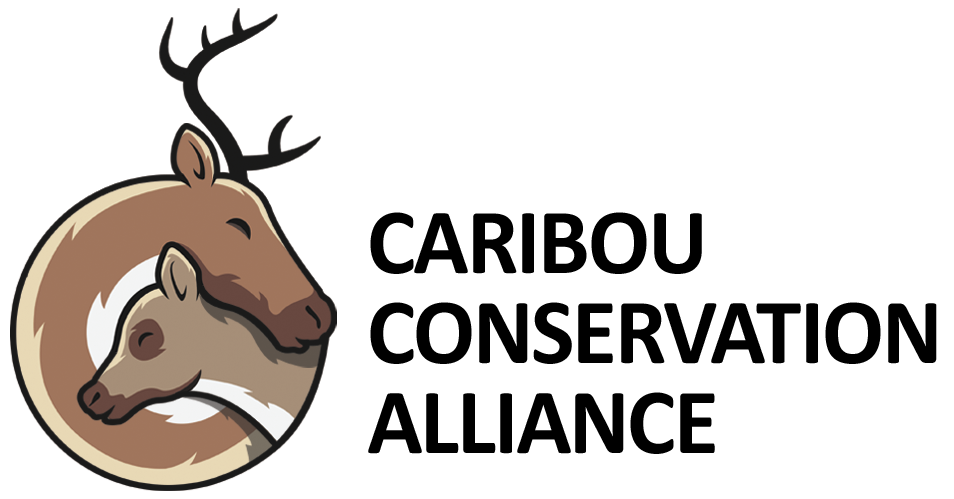
WILDLIFE PRESERVATION CANADA
“Conservation breeding, reintroductions and wild population management have saved and continue to save species from extinction. Iconic creatures such as the California condor, the kakapo, takahe and kiwi of New Zealand, the Arabian oryx, and an ever-growing number of lesser known yet precious species like the Spix’s macaw, Mauritius kestrel, and echo parakeet, the ploughshare tortoise and Madagascar pochard of Madagascar, among hundreds of others, would no longer be with us on this planet if not for conservation breeding.
The techniques exist. Dedicated and innovative people that believe in a better future, where wildlife and humanity thrive, exist. All that remains is the foresight, courage, and perseverance to make it happen.”
— Lance Woolaver, Executive Director, Wildlife Preservation Canada
+ Who we are
Wildlife Preservation Canada (WPC) is a not-for-profit organization that saves endangered species across Canada with a focus on conservation breeding and reintroductions. WPC focuses on recovering populations when habitat protection alone is no longer enough.
WPC specializes in the integration of science-based ex situ population management techniques, such as conservation breeding and release, with established in situ recovery tools including threat mitigation and habitat restoration. WPC’s Conservation Action Plan is updated annually and based on recommendations from government published recovery strategies and the urgency of the need for threatened species. There are 53 animal species on this Action Plan, across all taxa and with more being added each year, that the government of Canada has identified as potentially benefiting from conservation breeding and/or reintroductions as recovery tools.
WPC collaborates with recovery teams and other organizations including federal and provincial ministries and parks, habitat-oriented charities and land trusts, zoos, universities and colleges, and local grassroots volunteer groups. In some cases, WPC is a supporting partner and, in others, a lead coordinator. In all, WPC’s sole mission is to prevent species from disappearing from Canada.
WPC also focuses on increasing Canada’s conservation capacity by providing young scientists with the opportunity to gain hands-on experience working with species at risk. The Canada’s New Noah program develops future conservation leaders with specialized expertise in recovery techniques for species on the brink of extinction in Canada through overseas internships with global conservation leaders. This program has been running for 31 years.
To learn more about WPC, visit wildlifepreservation.ca.
+ How WPC is involved in conservation breeding
WPC is currently coordinating or carrying out the conservation breeding and release programs in Canada for insects, reptiles & amphibians, birds and mammals. Successful conservation breeding programs that WPC has been involved with in Canada include:
Burrowing owl recovery
With fewer than 1000 pairs left, the diminutive burrowing owl is one of the most endangered birds found in Canada’s grasslands. WPC’s involvement with the burrowing owl recovery program in Saskatchewan and British Columbia was important in the early success of those programs. WPC first supported the establishment of a small conservation breeding colony in Saskatchewan and developed a novel soft release technique that involves putting pairs of young owls from the conservation breeding program into field enclosures and releasing them after they have laid their first clutch of eggs. This release technique was a key factor in increasing the number of owls returning to breed each year. Soft release of burrowing owls sourced from the conservation breeding program has helped stabilize the population in Saskatchewan and has led to their successful reintroduction in British Columbia.
Swift fox recovery
Once common in Manitoba, Saskatchewan and Alberta, the swift fox vanished entirely from the Canadian prairies in the 1930s. WPC became involved in the swift fox recovery program in the mid-1990s, when they began supporting the conservation breeding and reintroduction program. The swift fox recovery program established self-sustaining populations in southern Alberta and Saskatchewan, which expanded into the northern U.S., and is considered one of the most successful endangered species canid recovery programs in the world.
Eastern loggerhead shrike recovery
Eastern loggerhead shrikes are one of Canada’s most threatened songbirds. Since 2003, WPC has been leading and coordinating a multi-partner conservation breeding program and multi-faceted cross-border recovery program focused on population supplementation, threat mitigation and habitat protection. A combination of best practices across disciplines has led to the development of techniques that have been adopted by other songbird conservation projects in North America, Europe, the Indian Ocean, and the Galapagos. Research has demonstrated that, although more work is required to identify and address the causes of the species’ decline during migration, the recovery effort has prevented the species from disappearing from Canada. This is the only program of its kind on the planet that is addressing the recovery of a migratory songbird with conservation breeding and release as an integral part of the conservation program.
+ Why WPC supports caribou conservation breeding
It is an unfortunate reality that the negative impacts that we are having on other species are intensifying. There are very few truly wild spaces and wild species left. Habitat protection and restoration, restoring connectivity, and determining and addressing the causes of declines are all critically important for reversing biodiversity loss. There is no questioning this. Unfortunately, more and more species in Canada are reaching the brink, with numbers having become so low that populations will become functionally extinct and disappear without population supplementation and threat mitigation. Species extinctions, as often as not, occur because we allow the winking out of populations, one by one, until numbers become so low that stochastic events remove the last population, and therefore the species, forever.
The proposed conservation breeding program for Southern Mountain caribou in British Columbia has been exceedingly well researched and planned. If carried out, this conservation breeding program will provide a robust assurance population for future reinforcement and reintroduction efforts. WPC believes it will also become a model for other future ungulate conservation recovery programs and a Canadian showcase for what can be done to prevent species extinctions.

